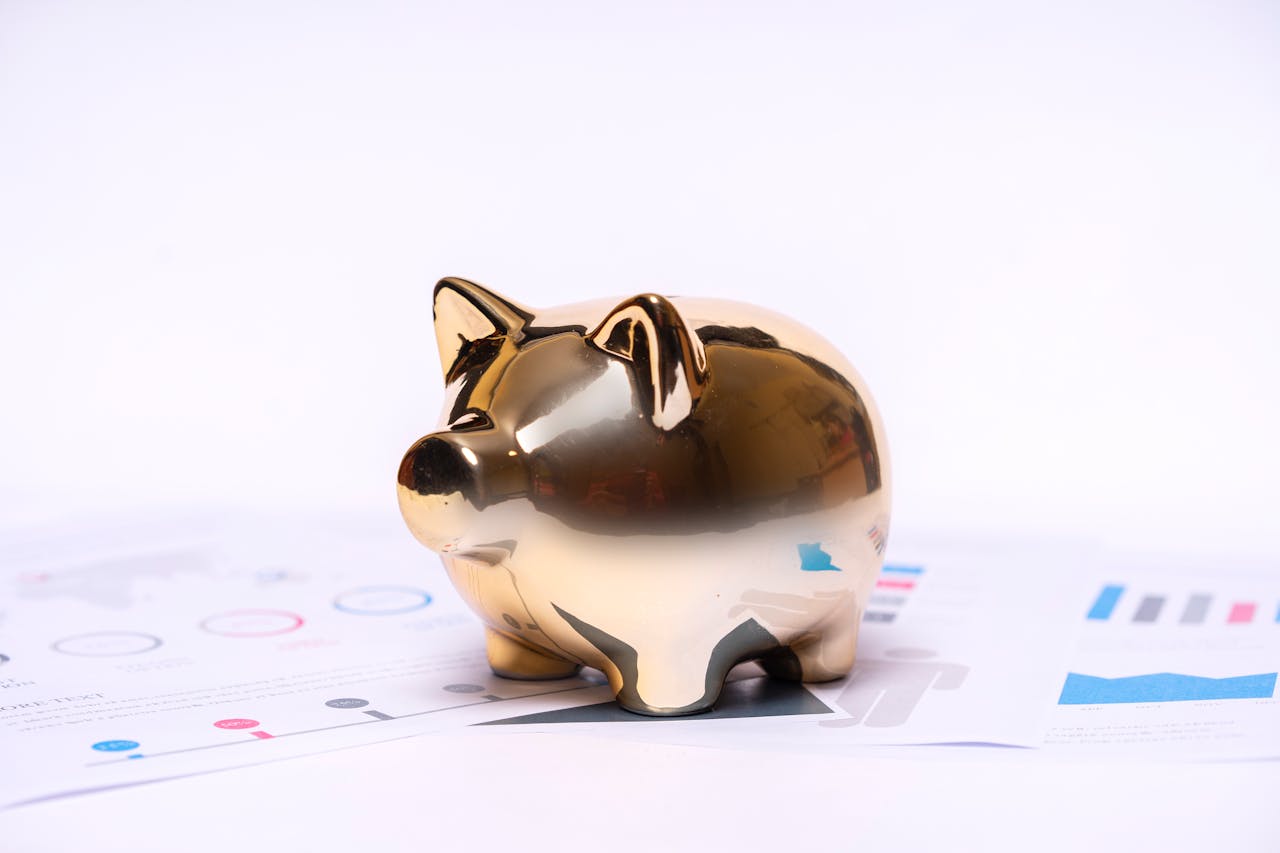
You’ve saved, planned, and dreamed of a stress-free retirement—but what if your nest egg is being drained without you even realizing it? Unexpected expenses can quietly chip away at your hard-earned savings, leaving you financially vulnerable in your golden years. From overlooked healthcare costs to inflation, these hidden budget busters can derail even the most careful retirement plan. Here are seven sneaky expenses that could be slowly killing your retirement fund.
1. Healthcare Costs
Even with Medicare, retirees face substantial out-of-pocket expenses. Premiums, co-pays, prescription drugs, dental, vision, and hearing needs all add up. Long-term care can cost tens of thousands annually and catch many off guard. As your health may decline, healthcare expenses, even before retirement, can erode your savings. It may be worth it to invest in a more robust healthcare plan if offered by your employer. You can also look into secondary insurance if your coverage isn’t adequate.
2. Helping Adult Children or Grandkids
Since the cost of living has increased and the job market has its ups and downs, many adult children need more support. Many retirees provide financial help to adult children or grandchildren. In fact, as many as 50% of Boomers are helping their adult Millennial and Gen Z children. Whether it’s paying for college, helping with rent, or covering emergencies, this generosity can significantly drain retirement savings, especially if it becomes ongoing. While many Boomers have felt the need to help Millennial children, it may ruin retirement funds.
3. Home Repairs and Maintenance
Owning a home during retirement comes with hidden costs. Aging roofs, broken furnaces, plumbing issues, or necessary upgrades can result in sudden, high expenses. Without a maintenance budget, these costs can derail financial plans. It may be more beneficial to find a condo where the HOA pays for some maintenance.
4. Inflation and Lifestyle Creep
Even modest inflation erodes purchasing power over time. A 3% annual increase may seem small, but it compounds. Pair that with lifestyle creep, like dining out more or traveling, and your retirement fund might not stretch as far as planned. Some people end up taking out personal loans or dipping into retirement funds early to cover these expenses. At some point, it becomes too late to save enough to retire on if overspending continues. A solid budget, where you don’t deviate, is imperative.
5. Taxes on Retirement Income
Retirees often forget that income from traditional 401(k)s, IRAs, and even Social Security may be taxable. Without tax-efficient withdrawal strategies, a significant portion of your income could be lost to the IRS each year. Make sure that you consult a tax professional so that you account for any tax implications.
6. Divorce or Separation Later in Life
“Gray divorce” is on the rise and can split retirement assets, increase living expenses, and lead to legal costs. Starting over financially in your 60s or 70s can drastically change retirement expectations. Many couples end up staying together, despite unhappiness, to be able to afford retirement. While this isn’t ideal, many couples just don’t have enough saved to weather a divorce later in life.
7. Scams and Elder Financial Abuse
Older adults are frequently targeted by scams, from phishing emails to fake investment schemes. In some cases, financial abuse comes from family members. These losses are often unrecoverable and emotionally devastating. Make sure that any trustees or anyone who has power of attorney is trustworthy. You may even appoint a third party, instead of family members, to avoid any elder abuse.
Managing Unexpected Expenses That Drain Retirement Funds
When preparing for retirement, it’s best to expect the unexpected. Having a solid plan, budgeting, and saving for the future is essential. Give yourself a healthy cushion, so that when expenses hit, you’re prepared for any unexpected expenses.
Read More
8 Little-Known Ways Landlords Are Still Getting Around Rent Caps
The Benefits of Putting Money Away for Potential Medical Expenses

Teri Monroe started her career in communications working for local government and nonprofits. Today, she is a freelance finance and lifestyle writer and small business owner. In her spare time, she loves golfing with her husband, taking her dog Milo on long walks, and playing pickleball with friends.

